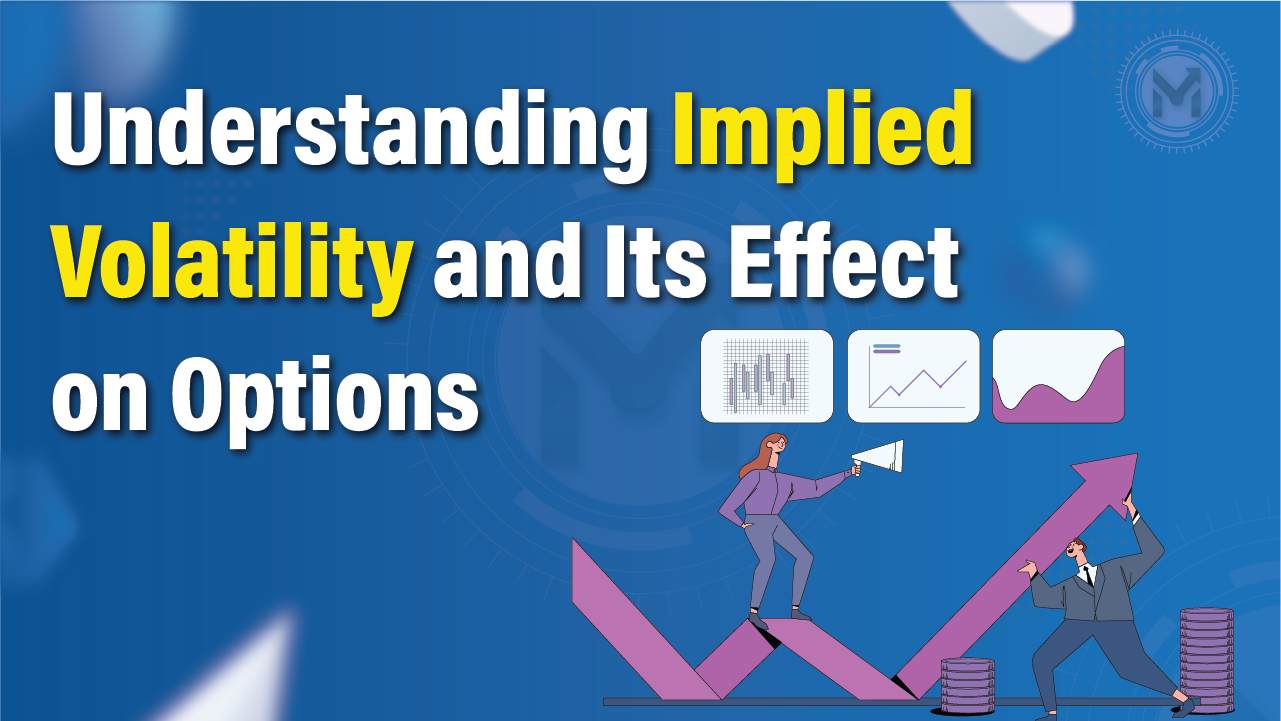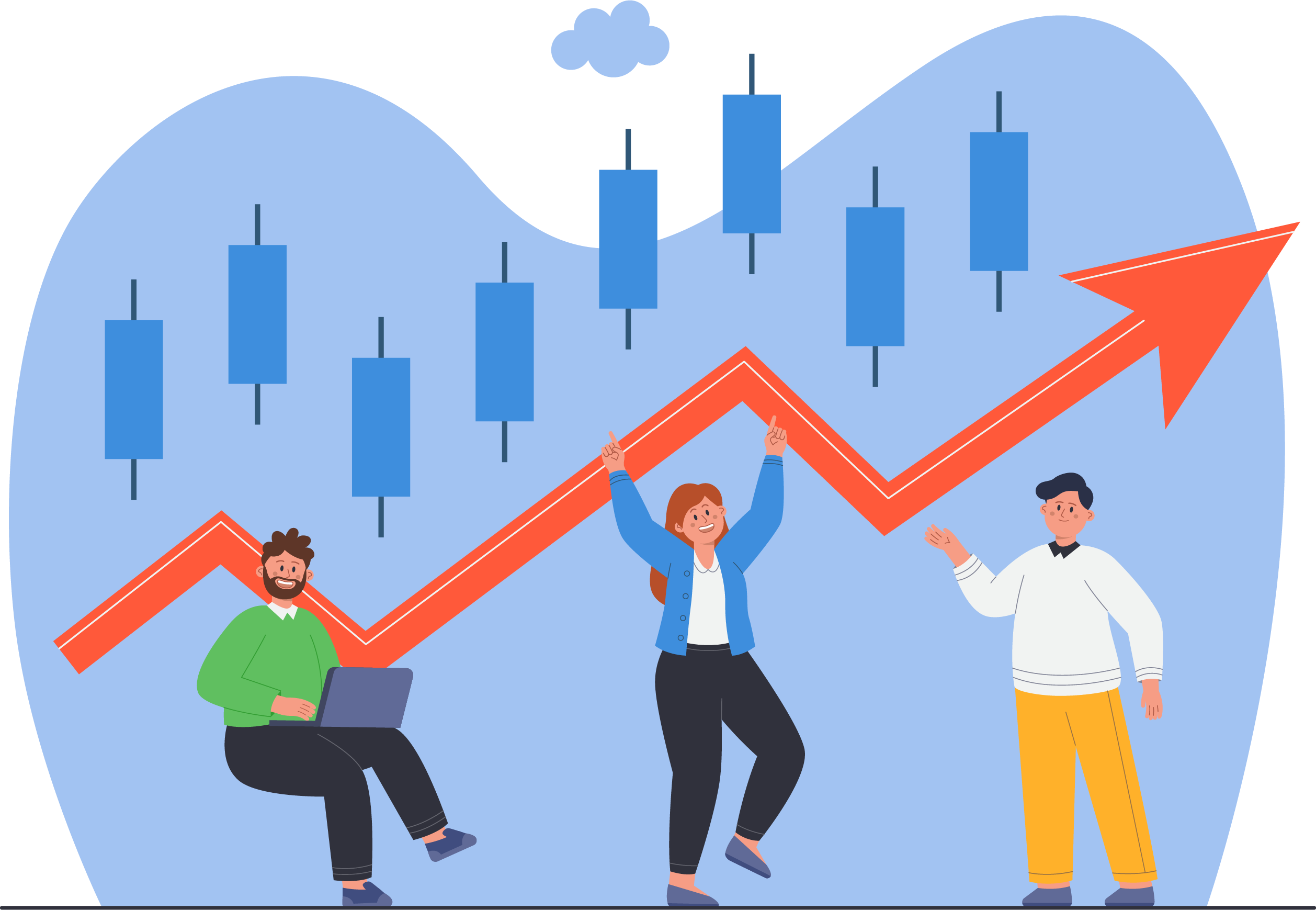Implied Volatility: What is it and its Impact on Options
Implied volatility (IV) shows how much the market expects a stock to move, impacting option prices and trading strategies. This guide explains IV’s role, calculation, and use in trading - plus how platforms like QuantMan help you harness it for smarter decisions.

If you trade options, you’ve likely heard the term implied volatility. But what does it really mean? Why does it affect your trades? And how can you use it to make better decisions? In simple terms, implied volatility helps predict how much the market expects a stock or index to move in the future. It doesn’t say which direction, only how big the move could be.
In this guide, we’ll break down what implied volatility is, how it works in options trading, how it’s calculated, and why it’s a key part of a trader’s toolkit. Whether you’re new to options or brushing up on strategy, this guide is for you.
What is Implied Volatility?
Implied volatility (often called IV) is a number that shows how much the market expects a stock or index to move over a period of time. It’s shown as a percentage and comes from the current prices of options.
- If implied volatility is high, it means the market expects big price changes.
- If it's low, the market expects smaller moves.
Importantly, IV does not say whether prices will go up or down, only that they will likely move more or less than usual.
What Is Implied Volatility in Options?

In options trading, implied volatility affects the price of options. When IV is high, option premiums are more expensive. When IV is low, they are cheaper.
Traders use IV to decide when to buy or sell options:
- Buy options when IV is low (expecting it to rise)
- Sell options when IV is high (expecting it to fall)
This is why understanding IV is so important; it directly affects your risk and reward.
What Is the Implied Volatility Formula?
The implied volatility formula is complex because it’s not calculated directly. Instead, it’s backed out of option prices using models like the Black-Scholes Model.
The formula solves for IV based on:
- Option price
- Stock price
- Strike price
- Time to expiry
- Risk-free interest rate
- Dividends (if any)
Most traders don’t calculate IV manually. Instead, they use trading platforms or tools like QuantMan, which show the implied volatility automatically for each option.
How to Calculate Implied Volatility?
To calculate implied volatility, you need:
- A pricing model (like Black-Scholes)
- The current option price
- An iterative method or calculator to solve for volatility
Because it’s a reverse process, traders usually rely on trading platforms that do the math for them. Tools like QuantMan offer this data as part of your strategy dashboard - no formulas needed.
What Is the Difference Between Implied Volatility and Historical Volatility?
|
Feature |
Implied Volatility |
Historical Volatility |
|
Based on |
Current option prices |
Past stock prices |
|
Type |
Forward-looking |
Backward-looking |
|
Use in Trading |
Helps set option prices |
Helps analyze past risk |
|
Changes due to |
Market expectations & events |
Actual price movements |
Traders often compare both to decide if options are overpriced or underpriced.
How to Use Implied Volatility in Trading?
Here are simple ways to use IV in trading:
- IV Rank and IV Percentile: See how today’s IV compares to the past year. A high rank means IV is high compared to recent history.
- Volatility strategies:
- When IV is high → sell strategies (iron condor, credit spreads)
- When IV is low → buy strategies (long call, straddle, strangle)
- Event-based trades: IV usually increases before earnings or news and drops afterward.
Why Implied Volatility Matters
Implied volatility tells you how much risk is already priced into an option. It affects your trade in three ways:
- Premiums: High IV means high option prices
- Strategy: Helps you choose whether to buy or sell options
- Risk control: A sharp drop in IV after buying an option can lead to losses, even if the trade is right
Understanding IV helps you avoid overpaying and time your entries better.
How QuantMan Helps You Trade with Implied Volatility(IV)
When markets become volatile, manual trading can lead to missed entries, emotional decisions, and inconsistent results. Implied volatility often makes it harder to stay disciplined and react quickly.
QuantMan, India’s best algo trading platform, solves this with automation. The platform’s automation ensures consistent, emotion-free execution, especially in volatile markets. Even though it doesn’t have IV-specific tools, it helps you trade smarter by running your strategies without delay or emotion.
Switch to QuantMan and stay sharp even when the market isn’t.
Frequently Asked Questions (FAQs)
- What is implied volatility?
It’s a percentage that shows how much the market expects a stock or index to move in the future.
- What Is the Meaning of Implied Volatility?
Implied volatility indicates the market's expectations for future price movements. High IV suggests fear or potential big news, while low IV indicates calm and confidence. Traders often use IV levels to gauge market sentiment.
- What does implied volatility mean in options?
It means how much movement is expected in the price of the underlying asset, which affects the premium of the option.



